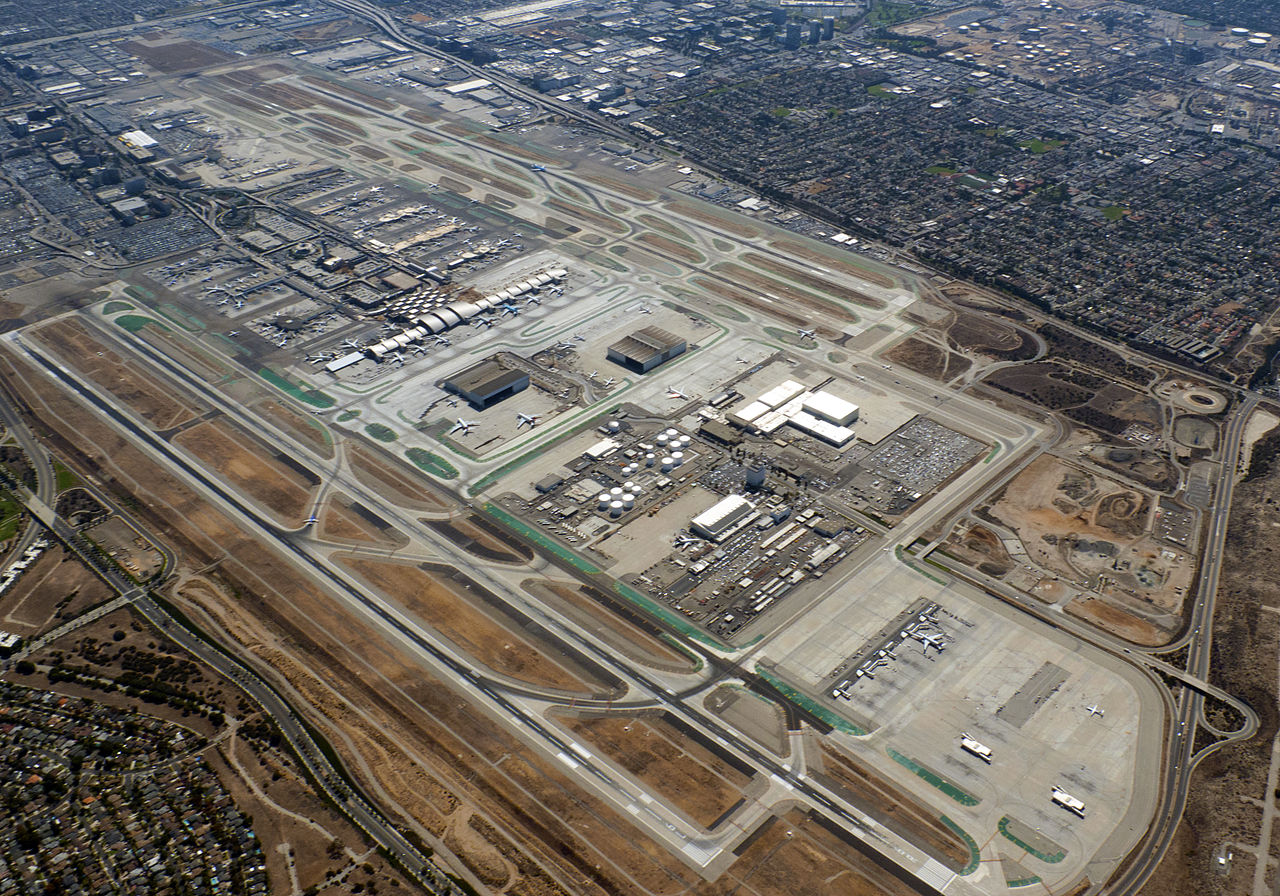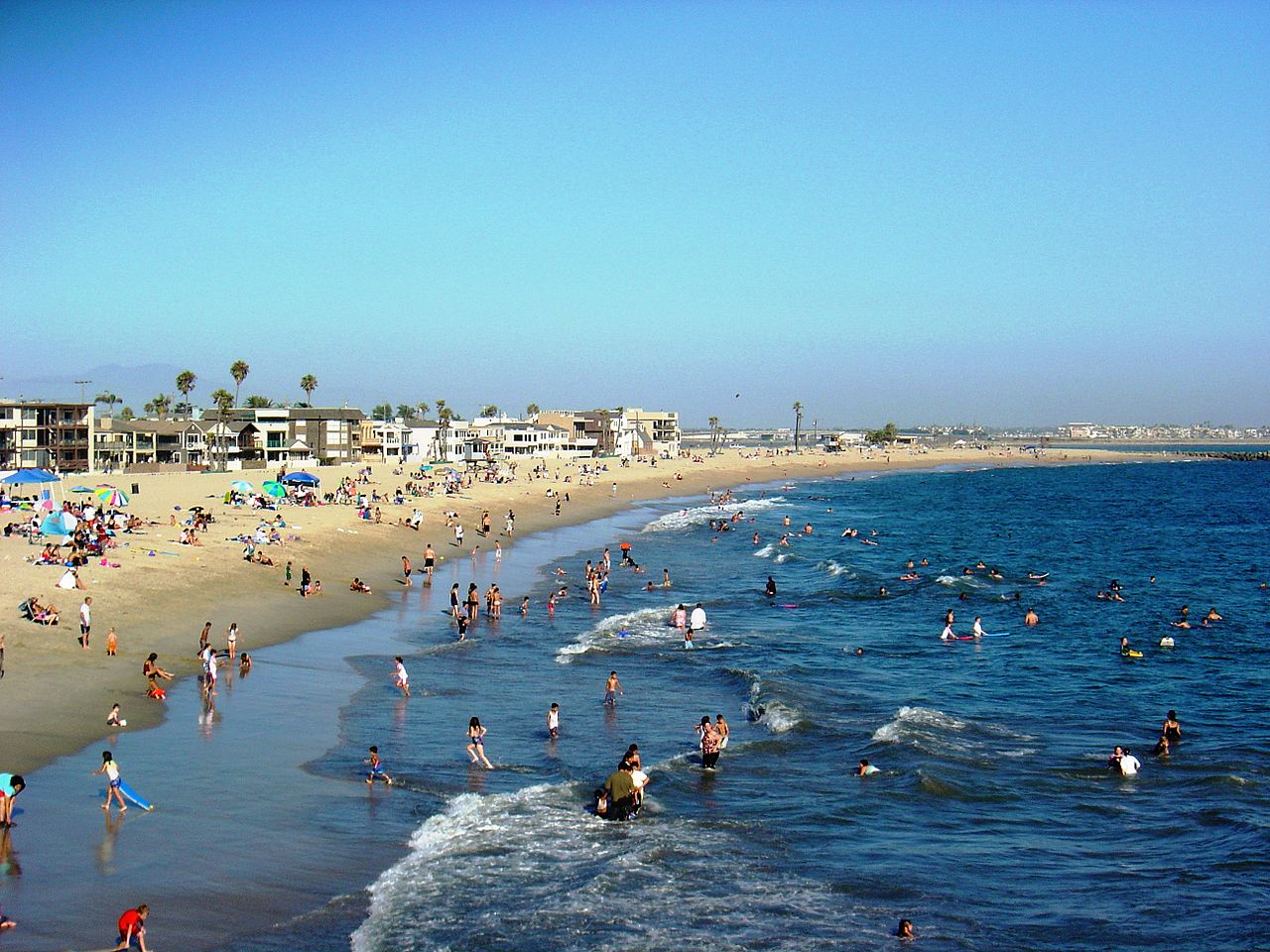A little over a year ago, while I was moving from LA to Oklahoma, I wrote a short series on commercial air travel at SSC. I've decided to repost it here in the Friday block. I don't plan to write any more on the topic, but I thought you guys would enjoy it. Hopefully, it at least helps make your next interaction with the airline industry make more sense.

First, I’m going to discuss how and why airlines sell seats the way they do. The basic principle is that they want to get paid as much as possible to move people between A and B, and do so as cheaply as possible. But there are lots of combinations of A and B, and lots of different kinds of people who want to go between them, so the airlines have very complicated rules in place to maximize their revenue.
At a high level, we can assume there are two kinds of travelers: business and leisure. Business travelers have to go somewhere specific at a specific time. They may or may not have a lot of warning, and they’re pretty insensitive to price. So airlines want to charge them as much money as possible. Leisure travelers are the opposite. They make plans long in advance, are very sensitive to price, and are much less firm in terms of when and where they are going. So an airline is going to build rules in an attempt to sell tickets to both groups. Obviously, it could decide not to bother with leisure travelers, but bigger airplanes are more efficient to operate, and there is rarely enough demand on a given route for an airline to sell exclusively to business travelers. Once a flight is being operated, the marginal cost of a passenger is pretty low. But it also doesn’t want to sell the entire plane to leisure travelers, leaving it with no seats for businessmen.
So what airlines do is to create fare rules and fare classes to sort out the different travelers. There are a lot of ways to do this. We could increase the price as we get closer to departure. We could impose conditions on our cheapest fares, such as requiring a stay over a weekend (which business travelers aren’t likely to accept) or restricting flexibility (again, businesses might be willing to spend more on changeable tickets). We could only sell a certain number of our cheapest fares, and then as the plane fills up force people to pay more. All of these are actively practiced by airlines, although the details have changed over the years.

A business destination
Obviously, our 2-type model is rather simplistic, and we see a sliding scale between the types. Holiday travel is a good example of this. I want to be in a specific place (where my family lives), at a relatively specific time (Christmas day, plus a few days around Christmas), but I’m much more price-sensitive and somewhat less time-sensitive than a business traveler might be, and I’m booking far in advance. So they can get more money out of me than they could if I was just trying to fly somewhere warm and sandy, but not as much as if I need to go look at an airplane on my employer’s dime. So now we might raise the prices for most of our fares around Christmas, although we also will suffer from decreased last-minute business. (I’m not actually sure how much airlines do this. They don’t talk much about the specifics of their revenue-management practices.)
However, not everyone is just interested in going from A to B, and some of them are willing to pay extra for better service. Some airlines, most prominently Spirit, EasyJet, and Ryanair, operate entirely a la carte, selling everything besides the basic seat for a premium. These airlines focus on leisure travel, where they have learned that the most important part of getting someone to book is the ‘sticker price’. People make their decision on the price displayed on whatever travel search engine they use, and then are more willing to pay extra for luggage, better seats, and even in-flight drinks.
This even affects legacy airlines, which introduced checked bag fees as a sort of stealth price increase during the recession, as opposed to raising prices directly. (It also helps that these kind of fees are exempt from the 7.5% federal tax on airfare.) Fuel surcharges were a similar tactic, although one thankfully blunted at least in the US by regulations requiring that advertised ticket prices include all mandatory fees and taxes. The airlines occasionally try to get this repealed, but I personally think it’s a good thing.
Southwest has taken the opposite tack, not charging for checked bags or change fees on even the cheapest tickets. This is basically a marketing decision on their part, differentiating themselves from their competitors. Personally, it’s one I really like, and I fly them preferentially.

A leisure destination
This also leads us obviously to premium cabins. Some people are willing to spend more money to make their flight more comfortable (which in practice translates primarily into more space), and so long as they’re willing to spend enough extra to make up for the cost of the extra space, we might as well oblige them. Some of these people are just tall and want a few more inches. Some are businessmen flying from LA to New York overnight to give a presentation in the morning and who want a good night's sleep. We’ll sell a few rows of economy with more legroom to the first group, and a few first class seats to the second.
Now, in the years since deregulation, airlines have learned a lot about how customers buy tickets. I mentioned that leisure travelers are most concerned by sticker price, and don’t take fees into account very well. But all travelers book primarily on price and schedule/convenience. It’s not uncommon for an airline to charge a premium for a nonstop flight, particularly when one end is at a hub, and most of the competitors on the route would require a connection. (Sometimes you’ll have a nonstop premium within an airline, depending on their route structure.) This also means that the airline with the most flights on a given route has a major competitive advantage.
For all that people complain about legroom, American tried to differentiate itself by offering more legroom throughout coach for a few years, and found that not only were they unable to charge a premium for it, it didn’t even drive bookings to them at the same price. So airlines instead offer a few rows of economy with better legroom for a premium, or for their elites, usually with priority boarding thrown in. (This is usually only available as a buy-up after booking, presumably because that drives more sales than letting people book it on the front end.)
So how do you get the most out of this system? The best way is to evaluate each tradeoff you're offered when buying a ticket instead of just choosing the cheapest option. Is it really worth getting to the airport at 5 AM to save $20 on the ticket? Know what you want in terms of extras, and about how much it's going to cost. Want a checked bag? That's probably $30 each way, unless you're flying Southwest.
A little knowledge can go a long way to making air travel less stressful. Airlines are trying to move people around as cheaply as possible, and capture as much of the possible surplus from that travel. Next time, I'll look at the types of planes in service, and the types of travel offered.

Comments
I suspect a lot of the time you can rely on 'zeroing out': buy an option iff you think it's worth more to you than to the marginal customer. So assuming for argument's sake that 20% of customers buy priority boarding, if you think you're in the most impatient quintile of passengers, then it's probably a good deal for you, otherwise not.
This method allows you to avoid the potentially challenging task of putting a dollar value on an abstract good for which you have few points of reference. However it does leave you open to common biases in the travelling population: if people are commonly upsold something that they don't really want, you might end up copying their error. Then again, unless you're more resistant to upselling than the marginal customer, you wouldn't do any better by trying to explicitly evaluate options anyway. In fact if you think you're more easily pushed around by sales tactics than the public at large, the method gives you a way to avoid that — which boils down to the rather obvious-sounding heuristic "if it's such a great deal, how come no-one else is buying it?".
I'm really not sure that it's that complex. Asking "is it worth $20 for me to get on the plane early?" seems a lot more straightforward to me than asking "am I in the top quartile of consumers by desire to get on this plane early?" particularly because you have to accurately model the percentage and desires of the other passengers, instead of just modeling yourself.